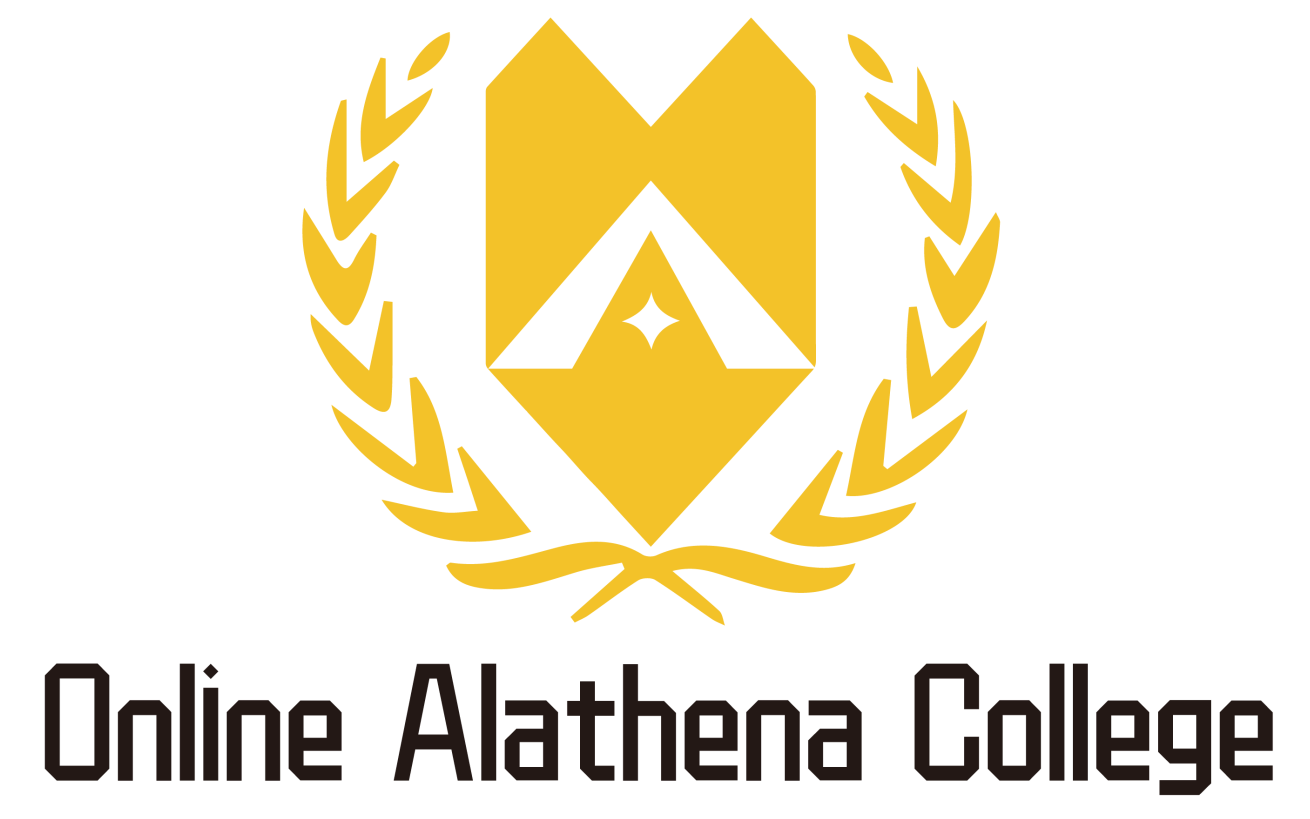MDM4U
-
Course code: MDM4M
-
Level: Grade 12
-
Study time: 110 hours
-
Credit Value: 1.0
-
Prerequisites: MCF3M - Grade 11 Functions or MCR3U - Grade 11 Functions
-
Curriculum Policy: Mathematics, The Ontario Curriculum, Grades 11 and 12, 2007 (Revised)
Write your awesome label here.
Unit 1: Permutations and Combinations
In this unit, students will:
- Explore the fundamental counting principle and apply it to solve real-world counting problems.
- Explore the factorial operation and apply it to develop an understanding of permutations and combinations.
- Make connections between their developing understanding of counting techniques and Pascal’s Triangle, another valuable tool for solving real-world counting problems.
Unit 2: Probability
In this unit, students will:
- Explore the fundamental difference between experimental and theoretical probabilities using real-world examples to make comparisons.
- Combine their understanding of permutations and combinations with their understanding of probability concepts to solve problems involving probabilities and counting arrangements.
Unit 3: Discrete Probability Distributions
In this unit, students will:
- Explore a variety of types of distributions of data and make comparisons between their key characteristics.
- Apply their understanding of uniform, binomial, and hypergeometric distributions to solve expected value problems and represent data graphically on histograms.
Unit 4: Collecting Data
In this unit, students will:
- Explore strategies for collecting data which can be used to form valid and reliable conclusions.
- Learn how to write unbiased survey questions and investigate different sampling techniques.
- Learn how to represent collected data visually using technology.
Unit 5: Continuous Probability Distributions
In this unit, students will:
- Revisit the concepts of measures of central tendency, which will serve as a foundation for further studies into measures of spread and standard deviation as a means of analyzing a single variable.
- The normal distribution and z-scores will be introduced and comparisons will be made between binomial and normal distributions using normal approximation.
Unit 6: Two-Variable Statistical Analysis
In this unit, students will:
- Explore the tools available for assessing the strength of the correlation between two variables.
- Perform linear regression analyses using technology, and think critically to determine if a change in one variable causes a change in another.
Course Description
This course broadens students’ understanding of mathematics as it relates to managing data. Students will apply methods for organizing and analysing large amounts of information; apply counting techniques, probability, and statistics in modelling and solving problems; and carry out a data management investigation that integrates the expectations of the course and encourages perseverance and independence. Students planning to pursue university programs in business, the social sciences, or the humanities will find this course of particular interest.
Frequently asked questions
What Are 4U Courses?
4U refers to the Grade level of the courses and the pathway. 4 means it is a grade 12 course and U means it is a university preparation course.
When do I start my course?
OAC has ongoing enrolment, which means students may register and get started on any day of the year! Students will be able to begin their courses within 24 hours, even when registration takes place on a weekend. Any registrations submitted on a statutory holiday will be processed the next day.
Do Online Alathena College credits fulfil the online learning requirement for graduation in Ontario?
The Ministry of Education defines online courses as Grade 9-12 e-Learning courses. Our Online OSSD credit course is delivered to students using an asynchronous model. The teacher provides individual support for student learning, includes student tasks, homework, online discussion boards, blogs, pre-recorded video lessons, tutorials, assignments, tests and other forms of assessment.
How long does it takes to complete a course?
Each course is completed at the student’s own pace, whether that means finishing quickly or taking advantage of our full 12-month time limit. There are no schedules or due dates to follow, so students decide when to hand in their assignments and when to take their tests to meet any personal deadlines they might have.
Do students require any additional resources (i.e., textbooks)?
Every student will need access to a desktop computer or laptop with high-speed internet and word processing software.All OAC course content is contained within our learning environment, so no textbooks are required. Any course-specific resources (i.e., calculators, software downloads, etc.) are listed on the individual course outline pages on our website.
Do Online Alathena College's OSSD courses count toward the Ontario Secondary School Diploma?
Absolutely! OAC is inspected by the Ontario Ministry of Education and qualified to issue Ontario Secondary School Diploma credits, which are the same credits earned by students in traditional public and private schools. To verify our status as an inspected private school, please visit the Ministry of Education Website. Our Ministry BSID# is 881704.
Are Online Alathena College credits recognized by colleges and universities?
After more than 15 years in operation, Online Alathena College has established a distinguished reputation among colleges and universities across Canada and around the world. Any post-secondary institution that accepts Ontario Secondary School Diploma (OSSD) credits will recognize credits from OAC. We always recommend contacting any potential post-secondary institutions directly to inquire about their admissions policies and program requirements.
Will Online Alathena College send grades to student's home school?
If a student attends another Ontario high school in addition to OAC, we maintain regular contact with the student’s home school as they progress through their course. We will provide updates at three key intervals: a letter of enrolment, a midterm report, and a final report. The student’s home school will then ensure that any credits earned at OAC are added to the student’s transcript.We provide these same updates (notification of enrolment, midterm grades, and final grades) to accounts within the Ontario Universities’ Application Centre (OUAC) and the Ontario College Application Service (OCAS) for any students applying to post-secondary institutions. OAC will also communicate directly with international and out-of-province colleges and universities when necessary.

